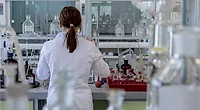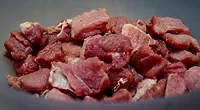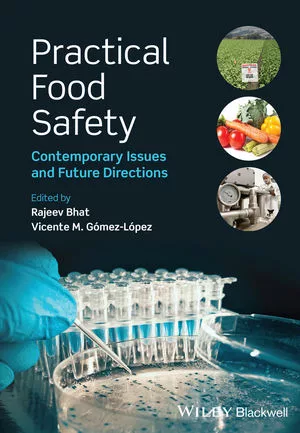USDA-FSIS Updates Cell-Cultured Sampling Program Guidelines

Image credit: Wesual Click via Unsplash
The U.S. Department of Agriculture’s Food Safety and Inspection Service (USDA’s FSIS) has updated its sampling program for cell-cultured meat and poultry products, providing new instructions to inspection personnel and enforcement officers.
Specifically, FSIS updated its instructions for inspection program personnel on how to collect cell-cultured meat and poultry food products and send samples to the FSIS Eastern Laboratory for microbiological, chemical residue, speciation testing, and pathology. Also provided are updated instructions for Enforcement, Investigations and Analysis Officers on how to collect food contact surface and environmental swab samples at cell-cultured meat and poultry food product establishments and submit the samples to the FSIS Western Laboratory for testing.
Cell-cultured samples are expected to be shipped to the Western Laboratory, and cell-cultured food samples are to be shipped to the Eastern Laboratory for testing. Final product samples are to be collected for testing with a volume of 60–453 grams. FSIS intends to collect samples from every other batch until at least 10 samples are collected. FSIS will evaluate the results and determine the future rate of sampling based on the results of those tests.
FSIS will conduct sampling of cell-cultured meat and poultry food products, food contact surface swabs, and environmental swabs to verify establishment food safety programs and assess process control.
- Raw product samples will be tested for aerobic count, Salmonella, chemical residues, speciation, and pathology (microscopic anatomy and histologic examination)
- Environmental and food contact surface swab samples at establishments producing raw products will be tested for aerobic count and Salmonella.
- Ready-to-eat (RTE) product samples will be tested for aerobic count, Listeria monocytogenes (Lm), chemical residues, speciation, and pathology (microscopic anatomy and histologic examination).
- Environmental and food contact surface swab samples at establishments producing RTE products will be tested for aerobic count and L. monocytogenes
The FSIS notice also outlines requirements for inspectors to schedule awareness meetings with establishments; for FSIS officials’ sample collection, handling, packaging, and shipping; and for reporting of test results.
Looking for quick answers on food safety topics?
Try Ask FSM, our new smart AI search tool.
Ask FSM →







